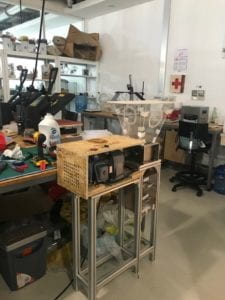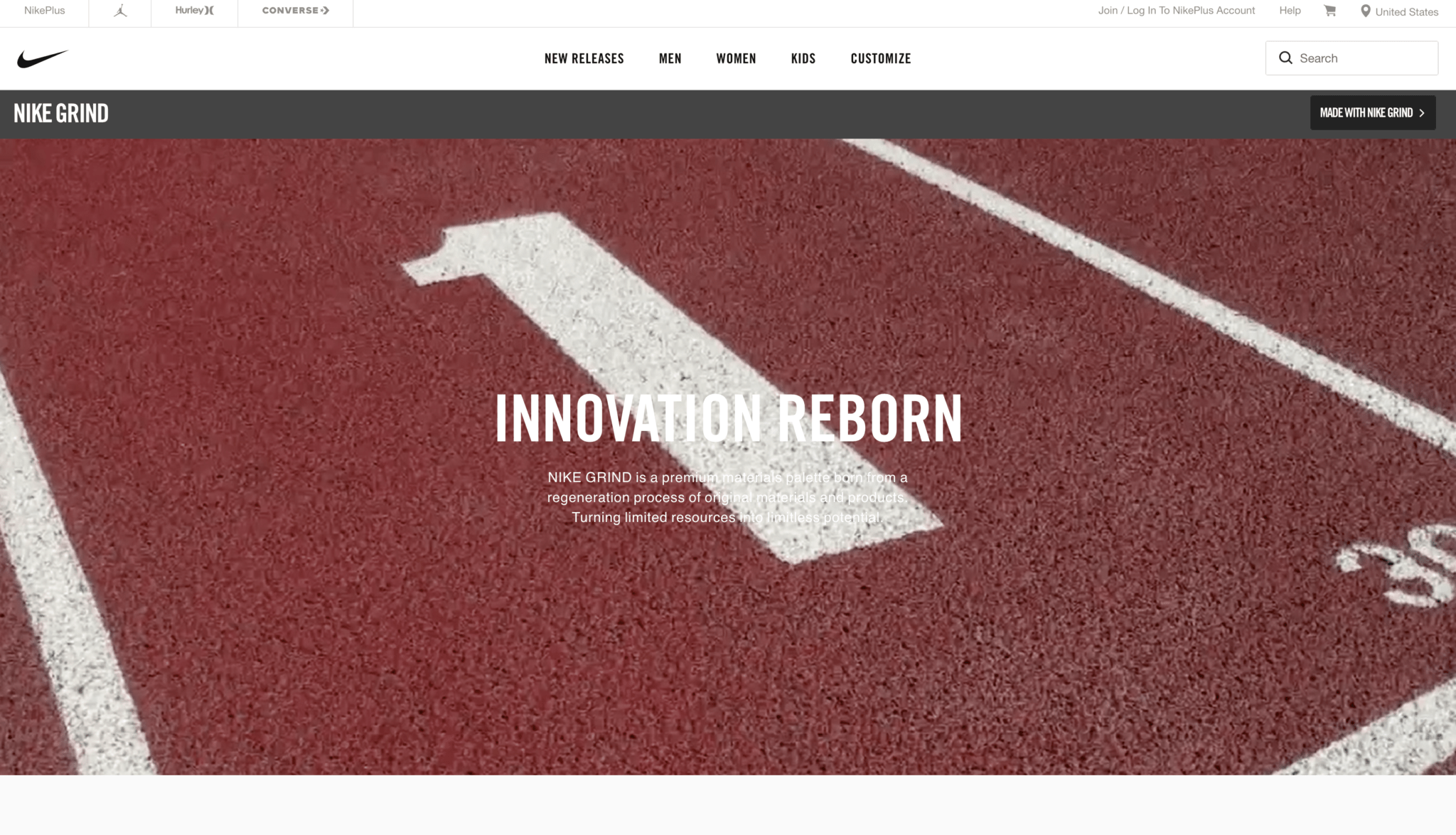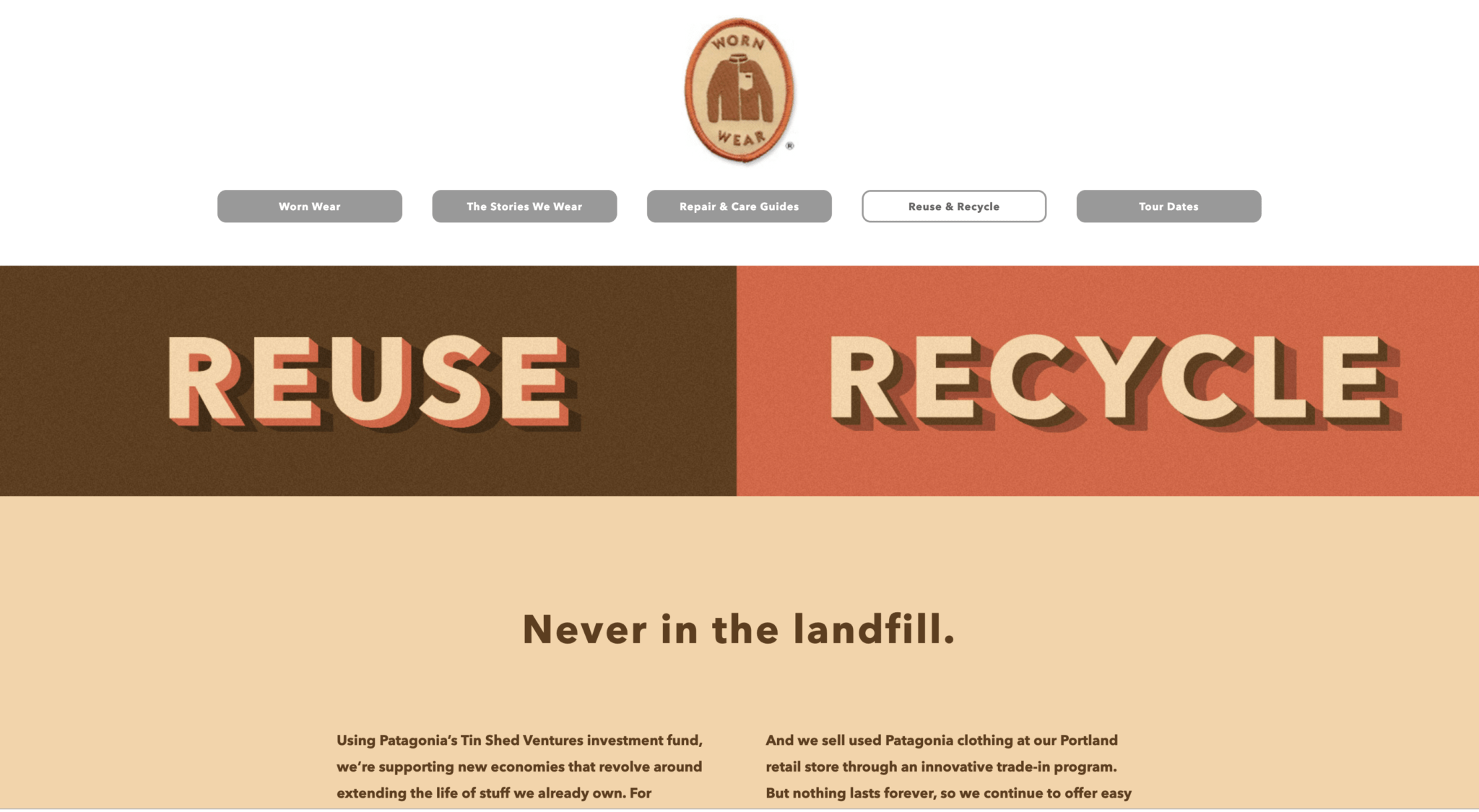Thoughts on Precious Plastics workshop:
I thought that the workshop was really interesting not only because of the experimentation part, but the other ideas and inspirations drawn from the talk as well. One thing I was especially inspired by was a project Adele showed that one of her interns was experimenting with, which was using a hot air gun to shrink plastic onto a mold:

There were also many new interesting pattern samples she showed us that I thought were very visually appealing and unlike other examples I’ve seen before, such as Pollock PP:

Pictures shown during the presentation of plastic tiles that had a more feathery sort of pattern were especially inspiring because it was a completely new pattern to me; Adele mentioned that kind of pattern can be created with an extruder.
From the workshop part, I was a little surprised at the amount of plastic that needed to go into the top part of the stool. I’m wondering if there is a way to make it hollow while also using that molding technique so that less plastic can be used.
Thoughts on Reading 1: Social Innovation in China
This reading’s focus on replicability (of something that works) and scalability is really important, and something I often forget about. When creating projects or examining social issues around us, I think it’s easy to get stuck in a very localized mindset. Seeing things or issues happening in one’s direct surroundings or community can lead to losing sight of the fact that other communities are also facing the same or similar issues. As the reading mentions, this is why it’s so important to spread the information of your solution out there if you have one that works.
There was one thing in the reading, however, I was a bit unsure about. On page four It talks about shifts in mindsets, and says “consumers have begun looking for safe, reliable, high value products, and more importantly they are showing that they are willing to pay a premium.” Yes, the economy is growing and people’s incomes are rising but there is still a wage gap that exists. What about consumers who fall into the lower bracket, who can’t afford to pay a premium for safer, reliable and high value products? Will their needs get left behind?
Thoughts on Reading 2: Multiple-Helix Collaboration for the Development of a Circular Economy
If anything, this reading made the idea of a truly circular economy pretty much impossible. With the multiple helixes that exist and operate in a very linear economy, it proves that achieving a circular economy would be extraordinarily difficult. On page 64, it mentions that “the success of a country’s most important export companies becomes a priority not only for the companies themselves, but also for suppliers, public organizations, non-government organizations (NGOs), and the general public in entire regions and nations where they have their operational and strategic centres.” This means that if one aspect is changed in an effort to operate more circularly, all of these other organizations and people are affected as well. The direct relationship each component has with each other means that one little change makes it necessary for many other changes to happen, which is no easy task.
There is another point I found really important towards the end of the reading: “Consumers contribute to making or breaking companies and business models. By selecting a product or service they, very simply, communicate their approval and signal that they want more of the goods or services of a particular supplier…The favourable choices made by customers represent a carte blanche for companies to continue with business practices and continue to expand operations” (71-72). This highlights the importance of being aware, as consumers, of the products we are thinking about purchasing in terms of their social and environmental impact. If we keep purchasing unethical-y made products, then we are supporting that unethical practice.






























































